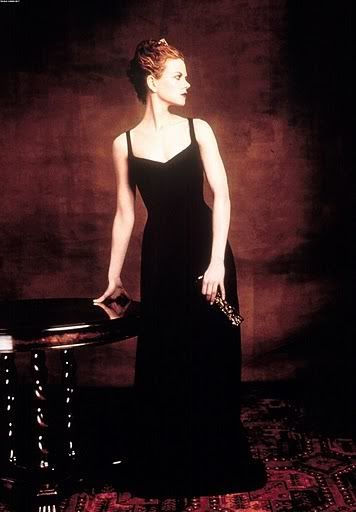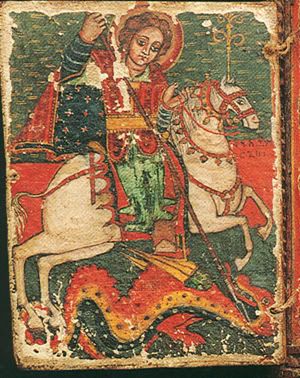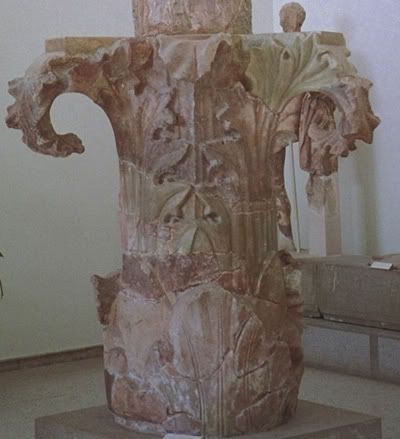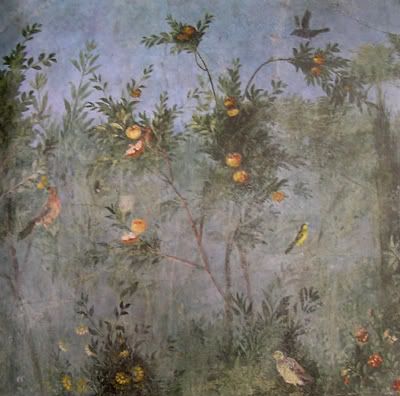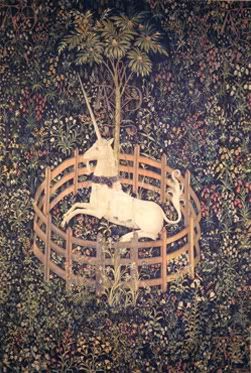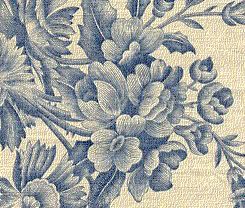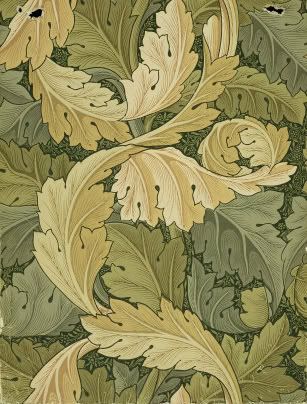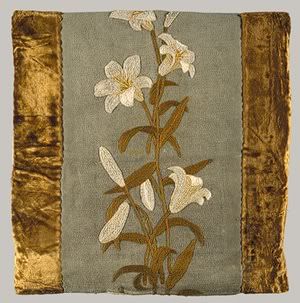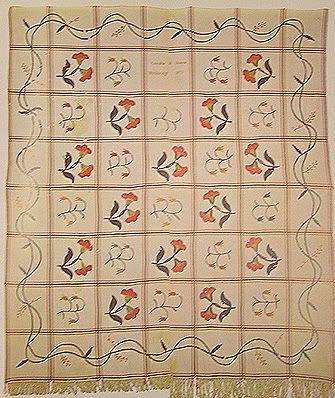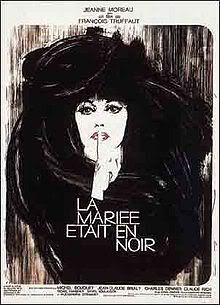Botanical Art and the Decorative ArtsBotanical Artists of Canada Newsletter, Summer 2007. Pp3-4Kidist P. Asrat
The earliest recorded botanically accurate illustrations date around 372-286 BCE in
Enquiry into Plants by Aristotle’s student Theopharastus. Although no documents exist from this period, images survive on frescoes, mosaics and architecture. One of the most popular was the acanthus plant, which the 19th century textile and decorative arts designer, William Morris, was to repeatedly use in his works.
Acanthus Column of the Dancing Girls (base), Greek, 330-320BCThe Greek influence of realistic botanical representation on Ancient Rome was highlighted in Pliny the Elder’s encyclopedic
Natural history, where he tackles every imaginable aspect of nature from cosmology to precious stones, including several books on the medicinal values of plants (ten of the 37). What survive of Roman homes show us some uncanny, realistic fruits, flowers and trees on mosaic and fresco decorations.
Mural Painting with Pomegranate tree, Laurel and Cypress. Roman, ca. 38BCThe Late Antiquity physician, Pedanius Dioscorides (first century AD), continued with the these empirical botanical investigations in his
De Materia Medica. Although no original manuscript survives, many copied, illustrated versions circulated around Europe and were used well into the 15 century as the authority on plants as pharmaceuticals.
The early medieval period drew upon these Greek and Roman texts and illustrations to substantiate the medicinal usefulness of plants, but the botanical arts concentrated on the spiritual and symbolic aspects of plants and flowers. Later medieval periods were greatly influenced by St. Francis of Assisi’s love of the natural. St Francis was able to release plants from their purely symbolic and religious values, and was an important precursor to the natural study of plants which was revived in the later Middle Ages and the Renaissance.
One of the most enchanting mergers of scientific observation and religious symbolism are the tapestries of the
Hunt of the Unicorn. These tapestries are covered with the late Medieval tradition of fields of millefleurs. When analyzed carefully, many of these flowers are clearly identifiable, in their correct environment. The Madonna Lily, depicted in
The Unicorn in Captivity tapestry, is both a religious symbol of the purity of Mary and also a medicinal plant that treated burns, ulcers and ear infections, amongst other things.
Right, The Unicorn in Captivity from The Hunt of the Unicorn ca. 1495-1505Left, Detail from The Unicorn in Captivity showing Madonna Lily from the largerectangle in the bottom right.It was around this time that the scientific study of nature, apart from religious symbolism, was undertaken by the German “Father of Botany” Otto Brunfels. He recorded his work in the
Herbarium Vivae Eicones (illustrated by Hans Weiditz). Brunfel’s work was revolutionary because he primarily used his own observations to publish his works, although he still used the ancient Roman and Greek texts for comparisons.
The Medici family’s love of gardens and great patronage of the arts perfectly combined the arts and sciences in Renaissance Florence. Their gardens provided both a botanical repository as well as inspiration for their fine and decorative art pieces. Symbolism and religious identifications were no longer prevalent, and plants was admired for their intrinsic, natural qualities.
Sunflower, Pietre Tenere Mosaic, Florence, 1664Imagery on textiles were achieved mostly through arduously long processes of weaving or embroidery until the late 1700 and early 1800s. With the industrial revolution, new methods of printing on textiles for larger productions were invented. One of the most important was the engraved roller printer, where even the most delicate lines could be repeatedly printed on yards of fabric. This precision in printing, coloors and dyes, combined with the reinvigorated scientific illustrations of plants and flowers, resulted with some of the most realistically rendered botanical prints on textiles.
Copper-plate print monochrome textile, 1825Plants brought by adventurers and travelers from around the globe coincided with the golden age of botanical art in England in the 19th century. Domestic as well as exotic plant illustrations increased greatly in number and quality. One of the most prolific of the interior designers to take advantage of these images was the ubiquitous designer William Morris. He was able to market his simple daisy on a wallpaper as easily as his upholsteries of the exotic Mediterranean acanthus.
William Morris’ Acanthus print for textiles and wallpaper, 1875Meanwhile, across the Atlantic, designer Candace Wheeler was influenced by Morris’s Arts and Crafts movement when she founded her own Society of Decorative Arts of New York. She incorporated many local plants and flowers in her uniquely American designs, creating a domestic arts and crafts culture and identity.
Candace Wheeler’s embroidered Madonna Lily Pillow Cover, 1876-77The Canadian artist Joyce Wieland used the unique techniques of American quilters and embroiders when she created her 1971
Water Quilts. Delicate embroideries of artic wildflower on thin gauze cover printed texts of environmental concern. Their message was simple: if we are to relish the beauty of the flora, and especially such delicate ones as northern wildflowers, we have to take care of them. And after all, without them, there would be no botanical art.
Left, Embroidered, hand woven blanket, US, 1853Right, Water Quilt, by Joyce Wieland, Canada, 1971



